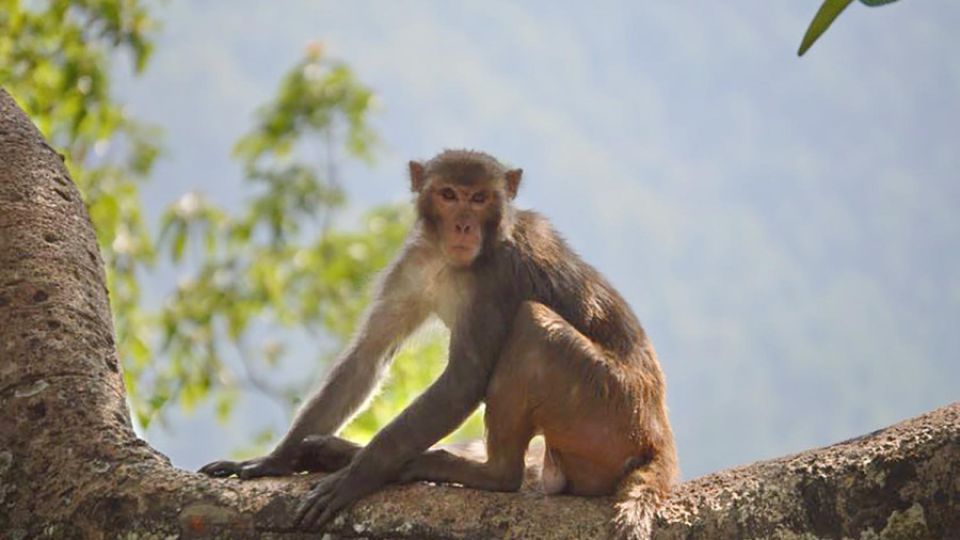May 22, 2025
Launched on March 28, the monkey count is expected to conclude by mid-June. It is being conducted in six provinces, excluding Madhesh, where a similar count was completed earlier. In Lumbini province, the survey is yet to begin, but will soon cover Palpa, Arghakhanchi, Gulmi and Pyuthan districts.
To identify problem areas, the organisers initially sent letters to all 753 local units across the nation requesting reports on monkey-related issues. About 230 responded, and 40 to 45 municipalities identified specific wards where monkeys were causing severe problems. Associate professor Bishnu Prasad Bhattarai at the department said the team verified these reports through follow-up calls, media monitoring, and parliamentary complaints to select sites for the census.
In the past, if monkeys or wild boars were killed while raiding cropfields, farmers could face legal action. However, recent regulatory changes allow documented handling instead of punishment. Since December, a one-year pilot programme has also been in place to provide compensation to farmers whose crops are damaged.
Given the religious and cultural reverence for monkeys in Nepal, the census team is also collecting local suggestions on how to manage the arboreal animals. “Some people suggest sterilisation while others suggest culling. Understanding local sentiments is essential,” said Sharma.
The findings from this count will allow researchers to estimate the nationwide monkey population and monitor changes over time. A follow-up census in five-six years could determine whether numbers are rising and guide the government in developing short-, medium-, and long-term strategies.
Monkeys often stray from forests into villages and farmland in search of food, damaging crops and sometimes attacking people when confronted. In some cases, angry farmers retaliate by chasing, injuring, or even killing the animals. There have also been human casualties resulting from attempts to drive monkeys away.
Wildlife expert Hem Sagar Baral noted the ecological importance of monkeys. “They help in seed dispersal by eating fruit and excreting seeds in new locations, and contribute to forest regeneration,” he said.
This is Nepal’s first nationwide monkey census. Monkeys are known to inhabit areas ranging from 63 meters to 4,000 meters above sea level, reflecting their broad ecological adaptability. The data collected is expected to shape future conservation efforts and balance the needs of both people and wildlife.
In recent years, almost all districts are increasingly coming under siege from a growing population of monkeys. The primates invade fields and even homes, looking for food and often become aggressive when confronted, forcing locals to resort to drastic measures, like setting traps and hiring trappers.


